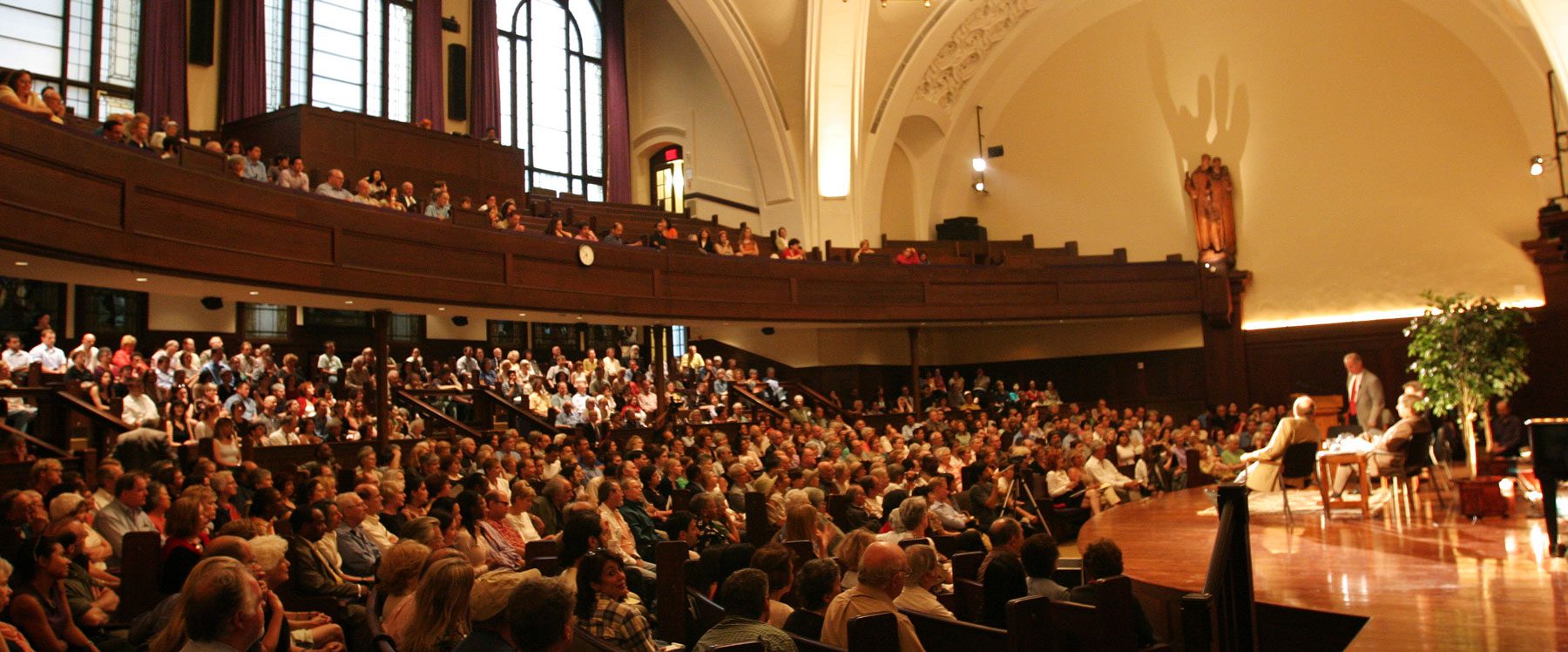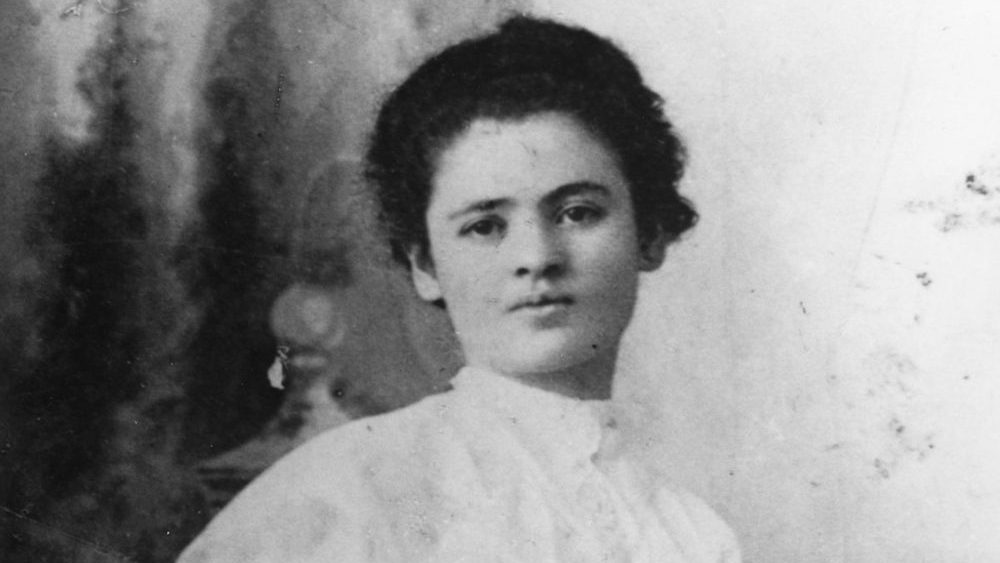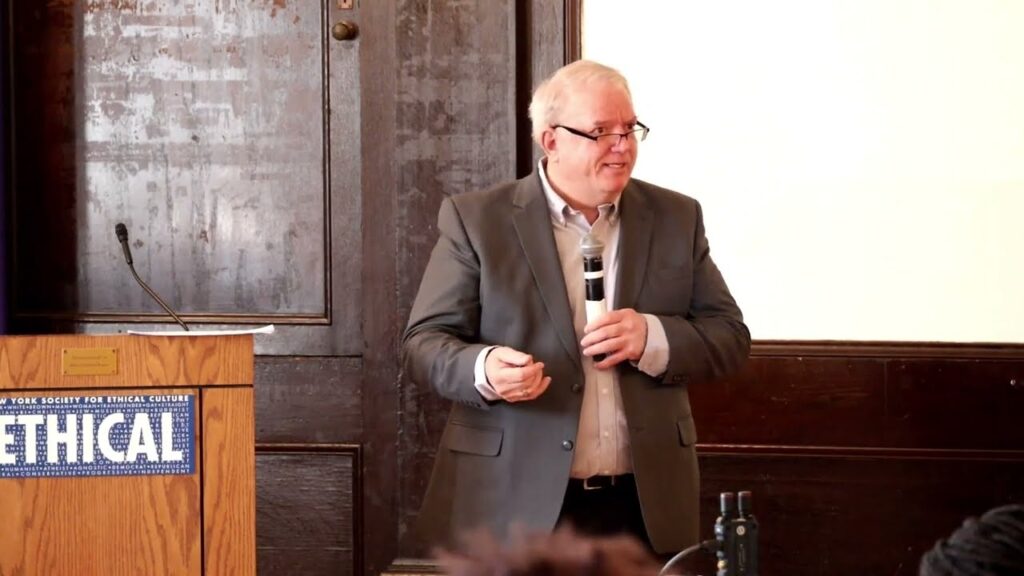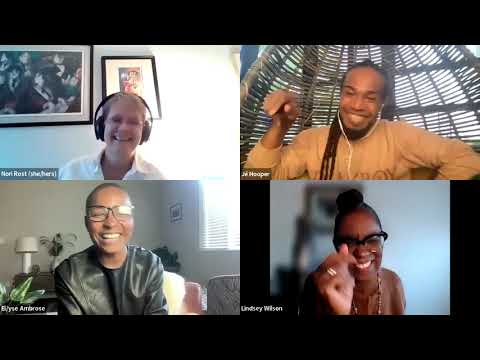
It has been a long time since the heady days of Occupy Wall Street in the fall of 2011, when winner of the 2001 Nobel Prize for Economics Joseph Stiglitz traveled downtown from Columbia University to teach activists in a corner of Zuccotti Park. The following year, he published The Price of Inequality: How Today’s Divided Society Endangers Our Future, in which he wrote: “It’s no use pretending that what has obviously happened has not in fact happened. The upper 1 percent of Americans are now taking in nearly a quarter of the nation’s income every year. In terms of wealth rather than income, the top 1 percent control 40 percent.” And while these privileged few enjoy the best health care, education and other benefits of wealth, they fail to realize that “their fate is bound up with how the other 99 percent live.”
The New York Society participated in Occupy Wall Street (OWS) in several ways: The Board of Trustees endorsed its mission; I was a chaplain on site, and our teens accompanied me to an interfaith service; members rallied both in the park and on the street; and we hosted speakers, working groups and programs. How well I recall telling a member of Ethical Culture Fieldston School’s board that our 2012 Dr. Martin Luther King, Jr. Remembrance Platform would feature an OWS panel and hearing her response – “What could they possibly have to say? I imagined founder Felix Adler, who proposed a maximum wage, spinning in his modest grave in Mount Pleasant Cemetery.
As it turns out, they had a great deal to say, and many more people have been talking and writing since then. The “1 percent versus the 99 percent” meme caught on and spread around the world. In 2012, there were 25 percent more academic articles about inequality than in 2011 – and 237 percent more than in 2004. It has become today’s defining human rights issue. Even the school Adler originally named The Workingman’s School, “especially intended to serve the needs of the children of the poor” (The New York Times, November 23, 1890), was featured on the cover of The New York Times Magazine dedicated to inequality (5/4/14). “The Tale of Two Schools” with its photographs of, and quotations by, students from Fieldston and neighboring University Heights High School in the South Bronx refers to exercises in “radical empathy,” not to ways of remedying the gross disparity described by Lisa Greenbaum, English teacher at University Heights: “They walked into Fieldston, and they were just overwhelmed. They couldn’t imagine that this was just minutes from where they lived, and they never even knew about it. One kid ran crying off campus. It made them so disheartened about their own circumstances.”
In addition to Stiglitz’s work, economist Robert Reich released a documentary called “Inequality for All” in 2013; Rolling Stone journalist Matt Taibbi just published The Divide: American Justice in the Age of the Wealth Gap; and Fast Food Forward, started last year in NYC, took its worker strikes on the road and across the country. The latest notable is French economist Thomas Piketty, whose 700-page tome, Capital in the Twenty-First Century, has become an international bestseller. His thesis is that inequality is the inevitable collateral effect of capitalism and that, if governments don’t act to contain it, it will grow until it seriously threatens democracy and economic stability. The “Piketty effect” is well known to academic economists and is finally becoming familiar to the rest of us. Here is the solid evidence and scholarly underpinning for the phenomenon we have been experiencing since the depression of 2008: radical social injustice.
Yes, there is a great deal to say, but now is the time to act. Long gone are the days when Dr. Adler called captains of industry and labor leaders who were members of his congregation and parents in his school into his office and convinced them to join him in building institutions and transforming society to meet the needs of public welfare. Although today we lack his powerful connections, we are nonetheless called upon to act in solidarity with the 99%. In addition to maintaining a homeless shelter and fighting for a living wage, we can also support quality public education by again housing free pre-kindergarten and after-school programs. Let’s do it! We can and we must take a stand for equality.








